Headwear can tell us a lot about a person. In some sort of way it can paint a picture of what kind of work a person does, how much they earn and in which religion they believe.
{{cta(‘1df73f5c-a62c-4a92-a223-c971dbeba9fb’,’justifycenter’)}}
All over the world there are a lot of cultures with a lot of different pieces of headwear. Therefore, it can happen that you encounter special headwear while traveling that is different than the ‘normal’ caps and hats that you are used to. These special pieces of headwear are discussed in this blog post. Furthermore, parts such as the history of the headgear and its origin are described in this top 10.

- Fez (Turkey/ Morocco)
Turkey is well-known for their luxury resorts and good food. Furthermore, the country has a certain type of cap you might come across when going on a trip to one of the nicest destinations. A fez is a hat named after the city of Fez in Morocco. It was originally made of morocco, a fine type of red-colored goatskin, and later mainly of felt. The shape is a slightly tapered cylinder with a tassel on top.
In the 19th century, in Turkey and Greece in particular, hats were worn massively, by both men and women. In 1826, the fez was made compulsory by Sultan Mahmut the Second for Turkish officials and military personnel. Although the Imams initially opposed it, the headdress was accepted as a symbol of the Ottoman Empire. The fez was internationally renowned and was worn in the South of France, Austria, Switzerland, Germany and Turkey.
Over time, the fez was seen as part of an Eastern cultural identity. It was seen as exotic and romantic in the west and was fashionable as a part of a chic outfit for men in the United States and the United Kingdom in the decades around the turn of the 20th century. The fez had become so traditional that Mustafa Kemal Atatürk banned it in Turkey in 1925 as part of his modernizing reforms.
Today the fez is worn by many, especially in the Balkans and Morocco. In Morocco, it became a more outspoken cultural symbol against French rule in the 20th century. It is still a favorite of the royal court.

- Ushanka (Russia)
Russia has severe winters. In the north of Russia and in Siberia there is a polar climate with very cold, long winters and warm, short summers. In the city of Irkutsk, the average temperature in January is -20.8°C and 17.9°C in July. In the far north of Siberia, minimum temperatures of around -50°C are no exception. Therefore, Russia is not really the country to visit when you’re aiming to get a tan. It is not surprising that people like to wear a nice warm hat. An “ushanka” is ideal for this use. It is a fur hat with ear flaps on the side that can also be pulled upwards. Rabbit fur is usually used, but sometimes fur from foxes or martens is also used in the hats. Due to the protests against the use of fur, nowadays faux fur is also used for producing the ushankas.
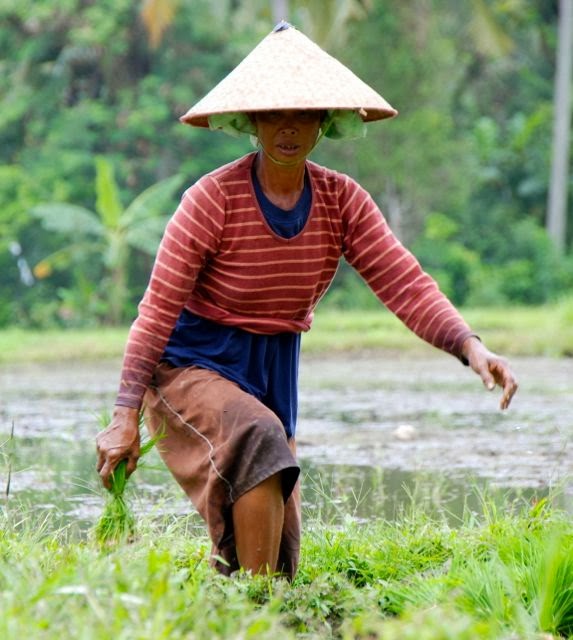
- Rice hat (several Asian countries)
Visiting an Asian country is something that is high on the bucket list for a lot of people. Something you can come across when traveling to an Asian country is a rice hat. The rice hat is designed to provide protection from both the sun and rain and is mainly worn by workers in the rice fields. The hat is usually made of straw or bamboo, and works very efficiently for cooling off by being dipped in water and then put on the head.

- Tam/ rastacap (Jamaica)
Jamaica is not only known for their good vibes and fast sprinters, but also for their hat called a ‘tam’ or a ‘rastacap’The ‘tam’ or ‘rastacap’ is a long, round knitted hat that is mainly used by men with dreadlocks to hide the hair. Furthermore, the hat is often used by people who work for health or food services. Machine workers also wear the rastacap for safety reasons.

- Keffiyeh (Saudi-Arabia)
If you’ve ever been to Saudi-Arabia or you’ve seen videos about it, this piece of headgear is probably one that you have seen before. The keffiyeh is a traditional piece of headwear worn mainly by men in Arab countries and countries with a dry climate to protect them from the cold, sun, dust and sand. Originally, the keffiyeh is made of cotton, wool or a mix of these with black or red spider web-like figures embroidered on it. The different colors can often be associated with a particular region. For example, the black and white combination is worn in the Levant, the red and white especially in Jordan, the blue and white in the United Arab Emirates and a multicolored one is associated with Oman. During the Arab-Palestinian uprising (1936-1939) the role of the traditional keffiyeh changed. The keffiyeh used to be worn almost exclusively in the countryside. The keffiyeh made the wearer recognizable as a man of a lower status compared to the wearers of a fez, a round hat from the Ottoman Empire. Although the uprising was led by upper-class men, the guerrillas consisted almost exclusively of peasants. They continued to wear their keffiyeh as a proud symbol of distinction. It was also practical; when the keffiyeh was put close to the head, they remained anonymous to the opponent.

- Jaapi (India)
A Jaapi is a traditional hat from India that somewhat resembles the rice hat.
It is made from tightly woven bamboo or palm leaves. The word jaapi comes from ‘jaap’, which means bundle of leaves. In the past, the jaapi was used to protect against the sun. Nowadays there are many more graceful variants that are used as status symbols.
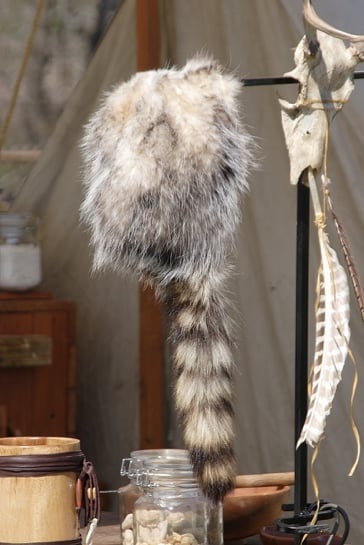
- Raccoon hat (Tennessee)
A raccoon cap or hat is a piece of headwear made from the skin and fur of a raccoon. It was a traditional hat of North American Indians. The original raccoon hats consisted of the entire raccoon’s fur, including the head and tail. When American pioneers arrived in the Kentucky and Tennessee area, they took over the headgear, primarily as a hunter’s hat. In the 18th and 19th centuries, usage spread among American and Canadian settlers. In the mid-20th century, there was a resurgence in the popularity of the raccoon hat. This was mainly due to the first episodes of the Disneyland series, which were about Davy Crockett. Crockett, always wearing a raccoon hat, was presented as a hero. The show suddenly made the hat all the rage among boys in the US and UK. The hats marketed during this craze were mostly faux fur. A model for girls was also developed. In the late 1950s, the craze had died down.
- Makarapa (South Africa)
Remember the World Cup in South Africa? This was the time when the Makarapa gained popularity heavily. The Makarapa is a hand-carved and painted helmet. It is a South African football fan hat, and it is increasingly popular with fans of other sports. Sports fans spend hours carving and painting the makarapa in the colors and logos of their favorite club or country. In addition to the makarapa, fans also usually wear huge glasses or shields with the clubs’ slogans and logos. Many makarapa artists in South Africa can make a reasonable living making and selling makarapas to sports fans. The makarapa became known worldwide with the World Cup.
The origin of the name makarapa goes back to the late 1970s, early 80s. Makarapa means guest worker and is associated with the helmets they wore in the mines of Witwatersrand. Today the name is synonymous with this decorated helmet. The makarapa has three functions: it shows that the wearer is a fan of something, it is an individual piece of artwork and it is a commercial promotional item as it attracts a lot of media attention in stadiums. Beer brewer Heineken responds to this by introducing the Dutch makarapa, called the pletterpet, which is Afrikaans for helmet. The makarapa is also used to protect the head from projectiles, the very reason it was worn.
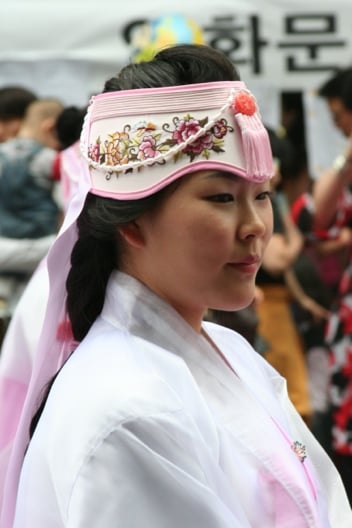
- Ayam (South Korea)
An ayam is a Korean piece of headwear that was mainly worn by women from 1392 to 1910 as protection against the cold. It is also called “aegeom”, which means “covering a forehead”. Ayams are often very ornate, with colorful decorations and illustrations. Again very different from the caps and hats that we are used to, but very beautiful!
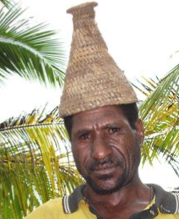
- Diba (New Guinea)
A diba was permanently attached to the man to whom it was given. It was glued to the top of the head. And that’s not all. All hair that came from under the diba had to be shaved according to tradition.
The diba had a protective function, as it was believed that evil spirits would leave the body through the top of the diba. A diba was only removed when it really needed to be replaced or while saying goodbye to a deceased person.
For us it is normal to be able to just take off our baseball cap or hat, for the people who wear a diba this is not the case.
We’ve come to the end of this top 10. I hope to have taken you in your mind on a journey around the world, and to have given you an idea of what headwear is worn around the world and what the stories behind these hats are. If you are looking for a slightly less special, yet very fashionable cap or hat, I would recommend you take a look at the No-Cap Headwear website!
Recommended: If you’re interested in technology and drones, you should read this blog about 10 places you can’t miss when visiting Iceland with your drone!
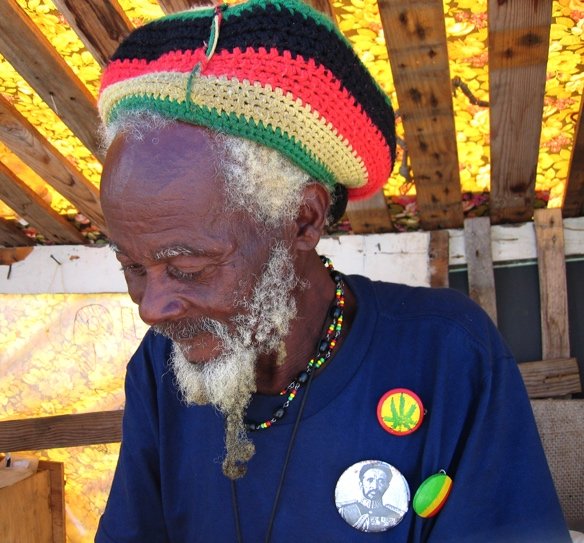
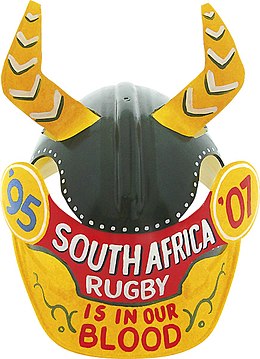
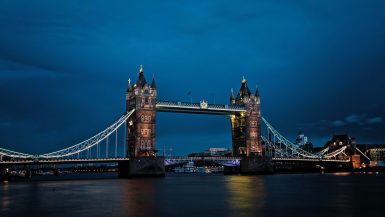
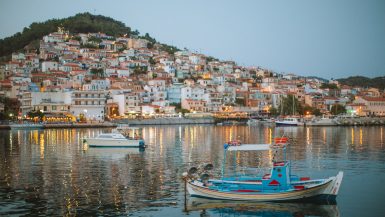

Leave a reply